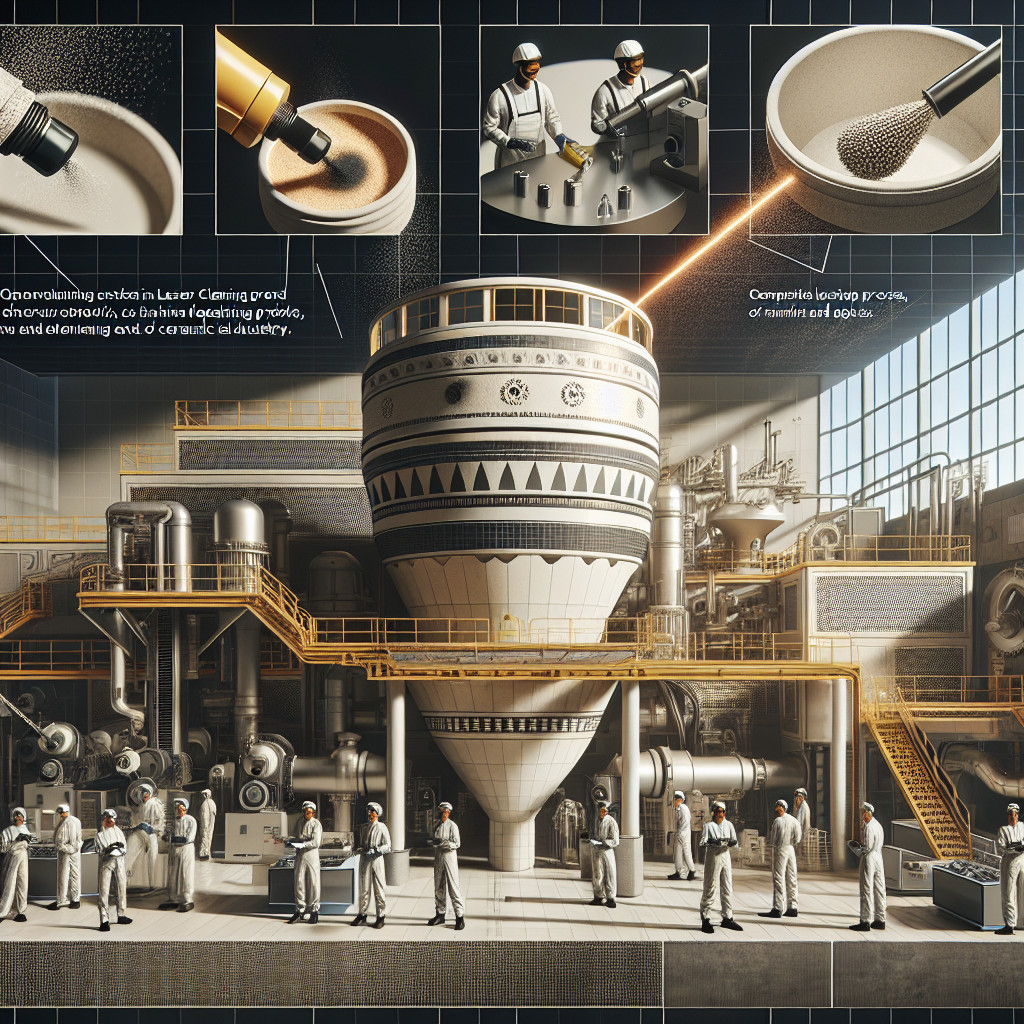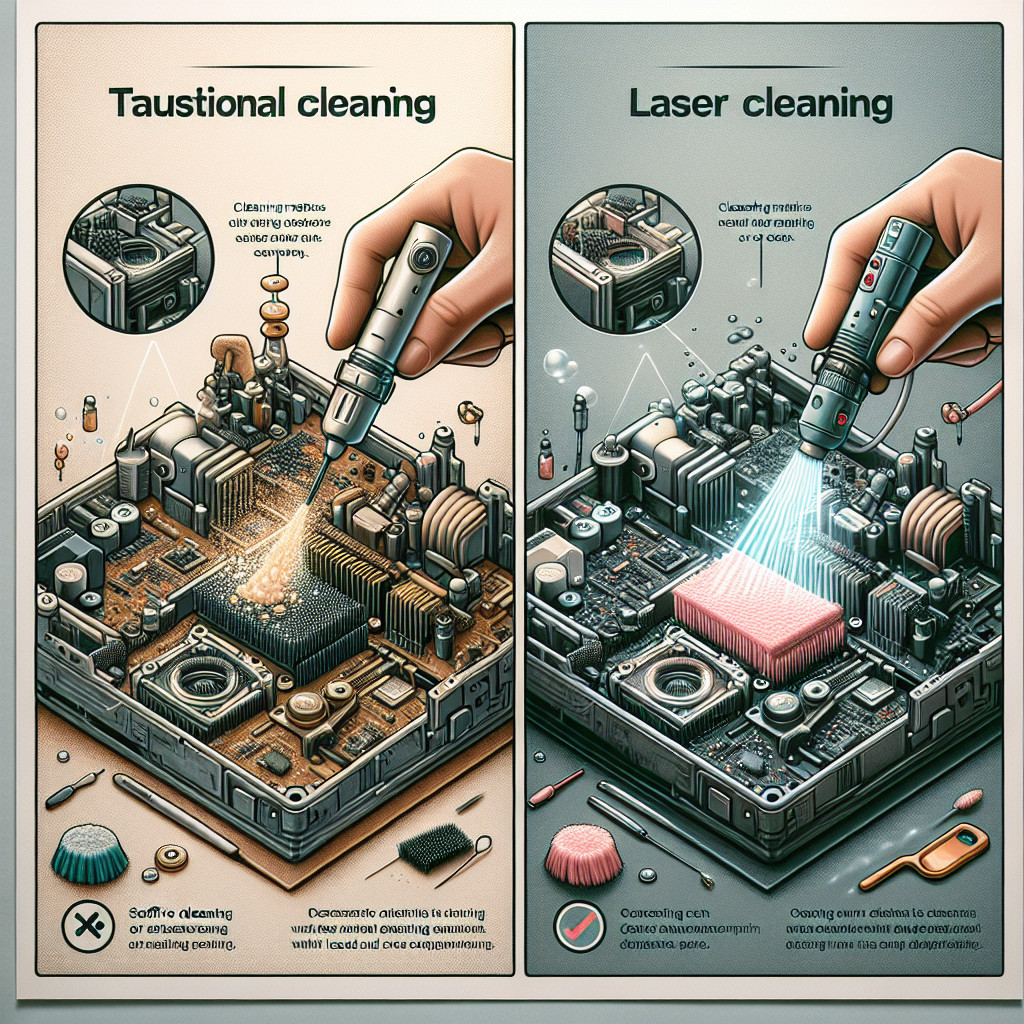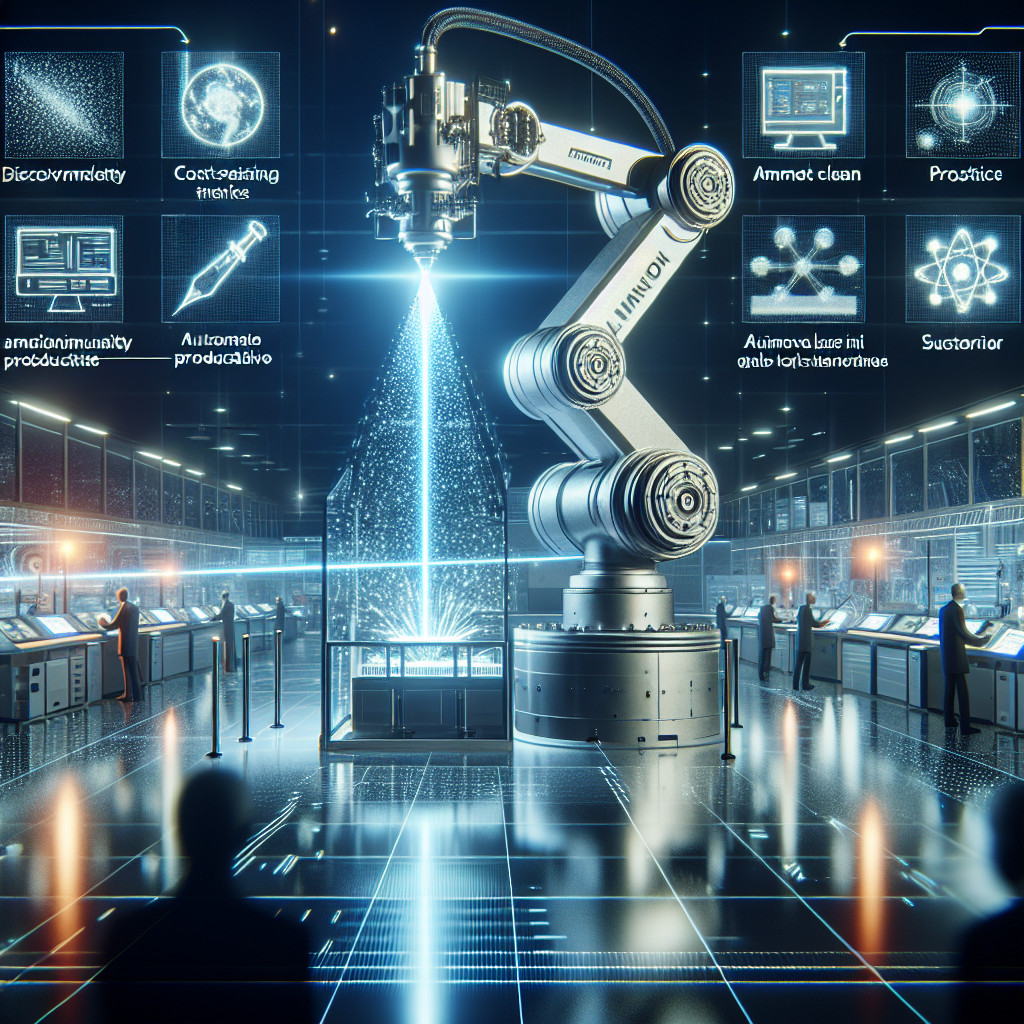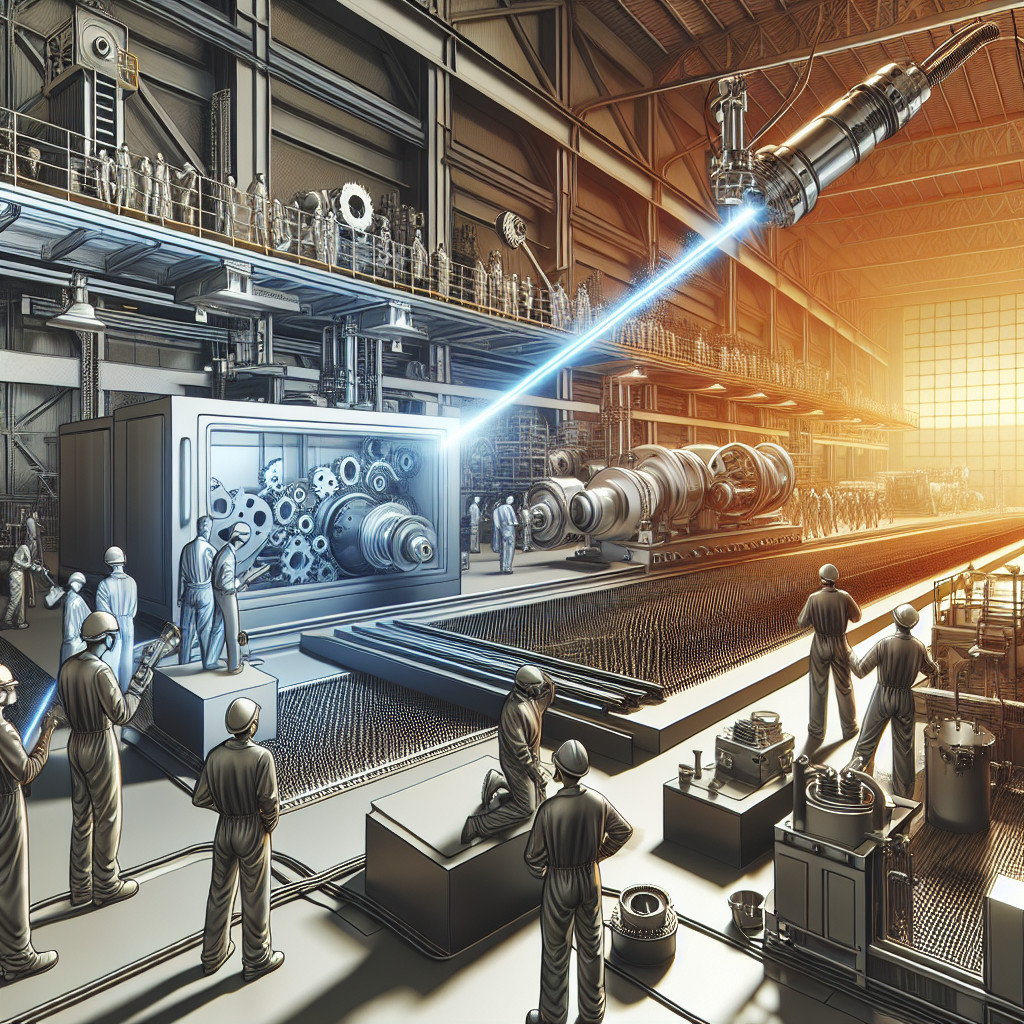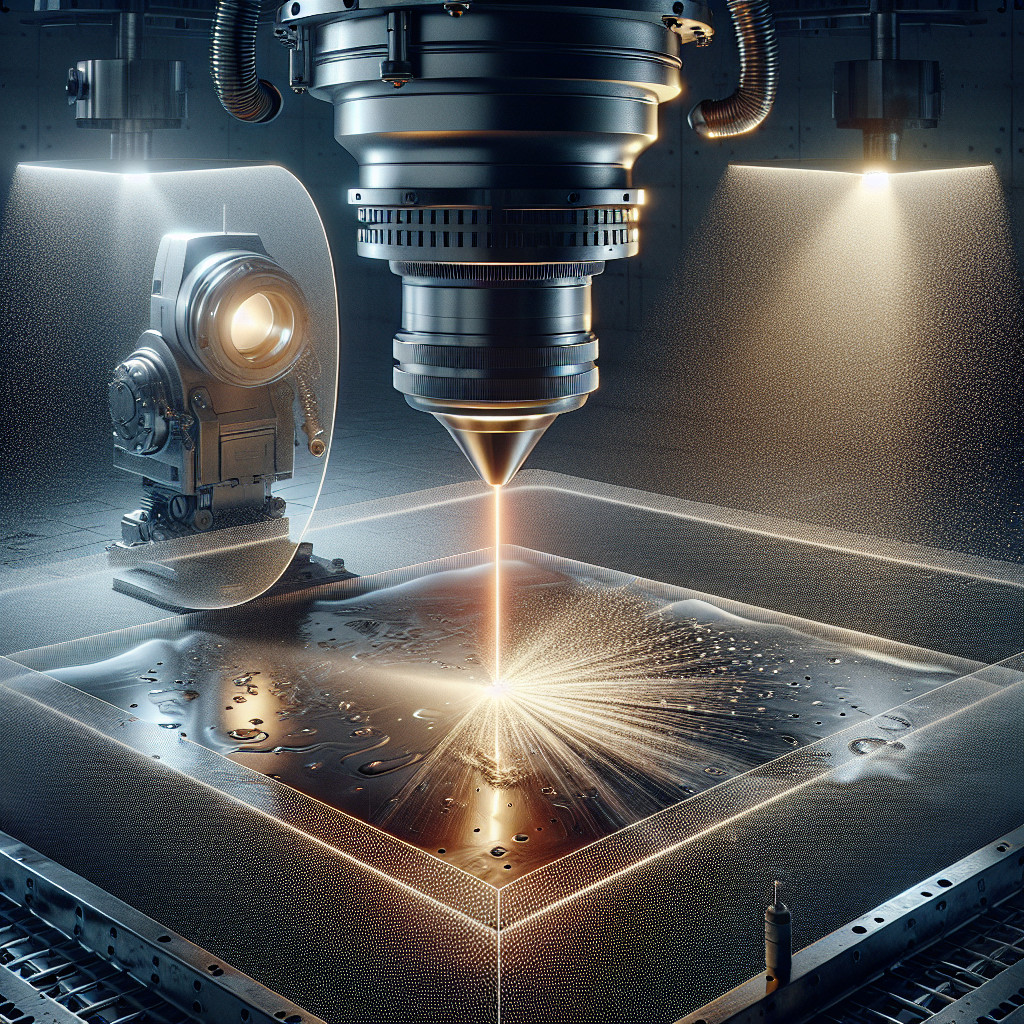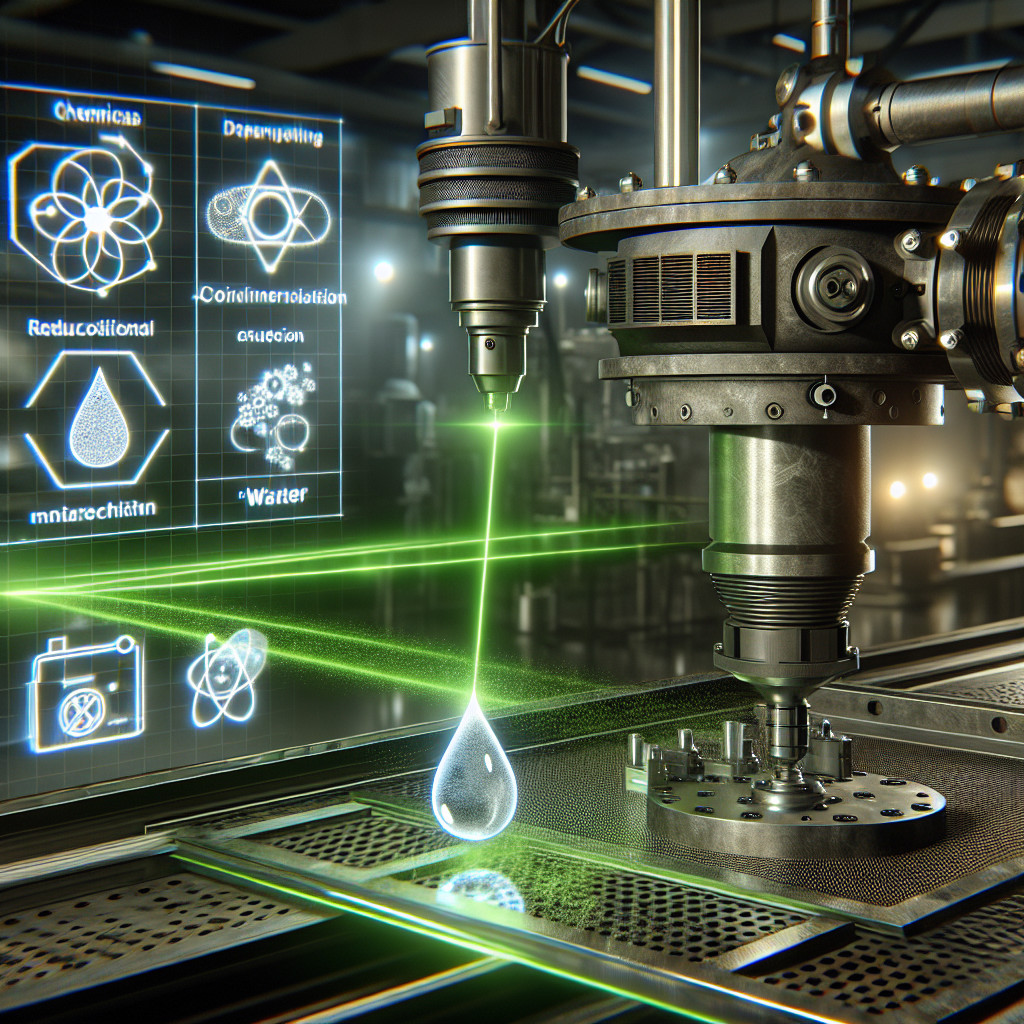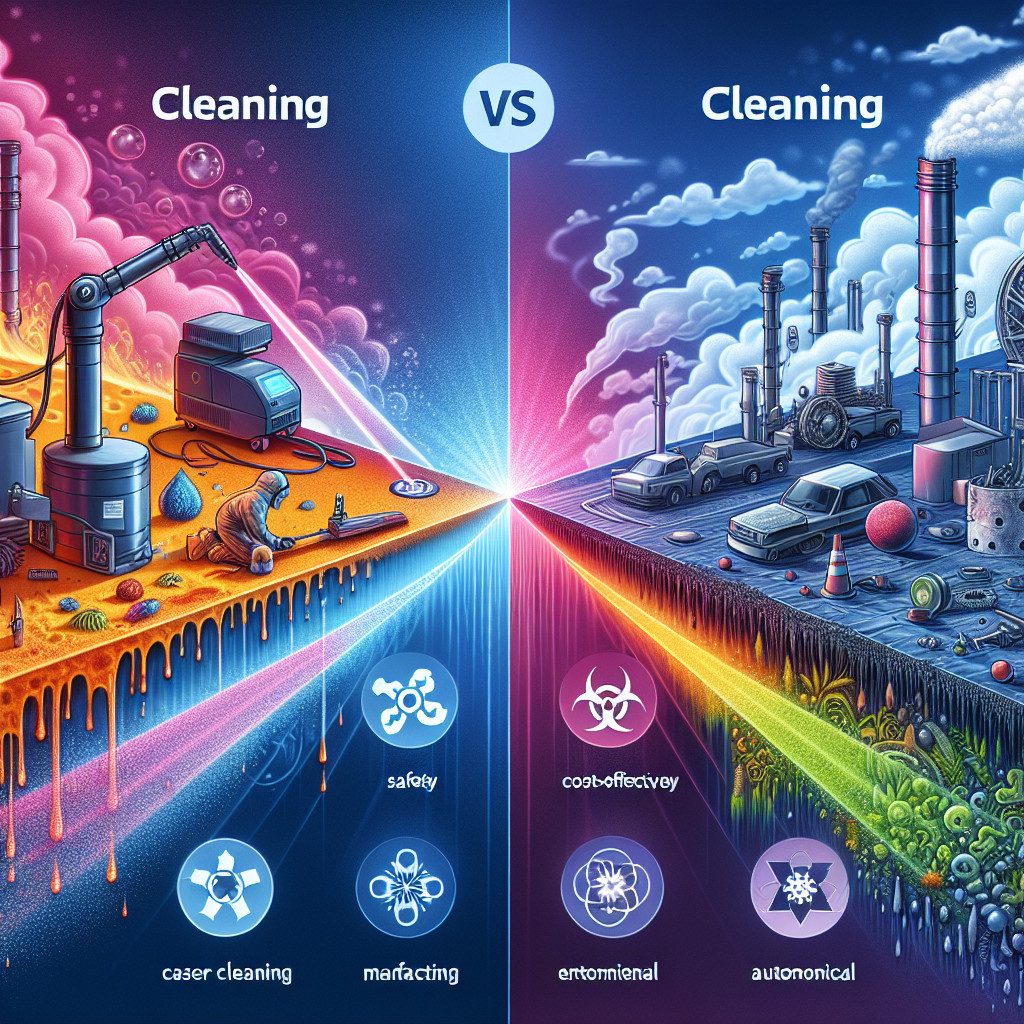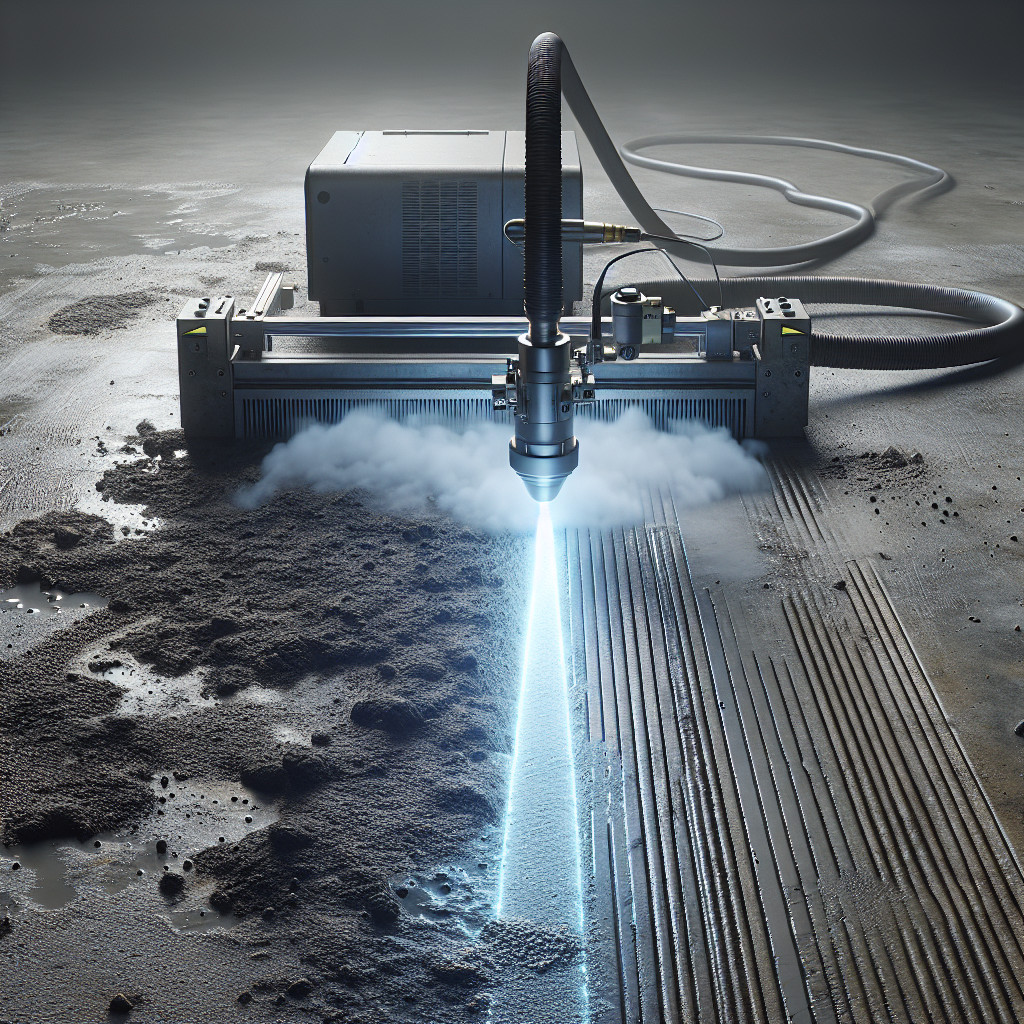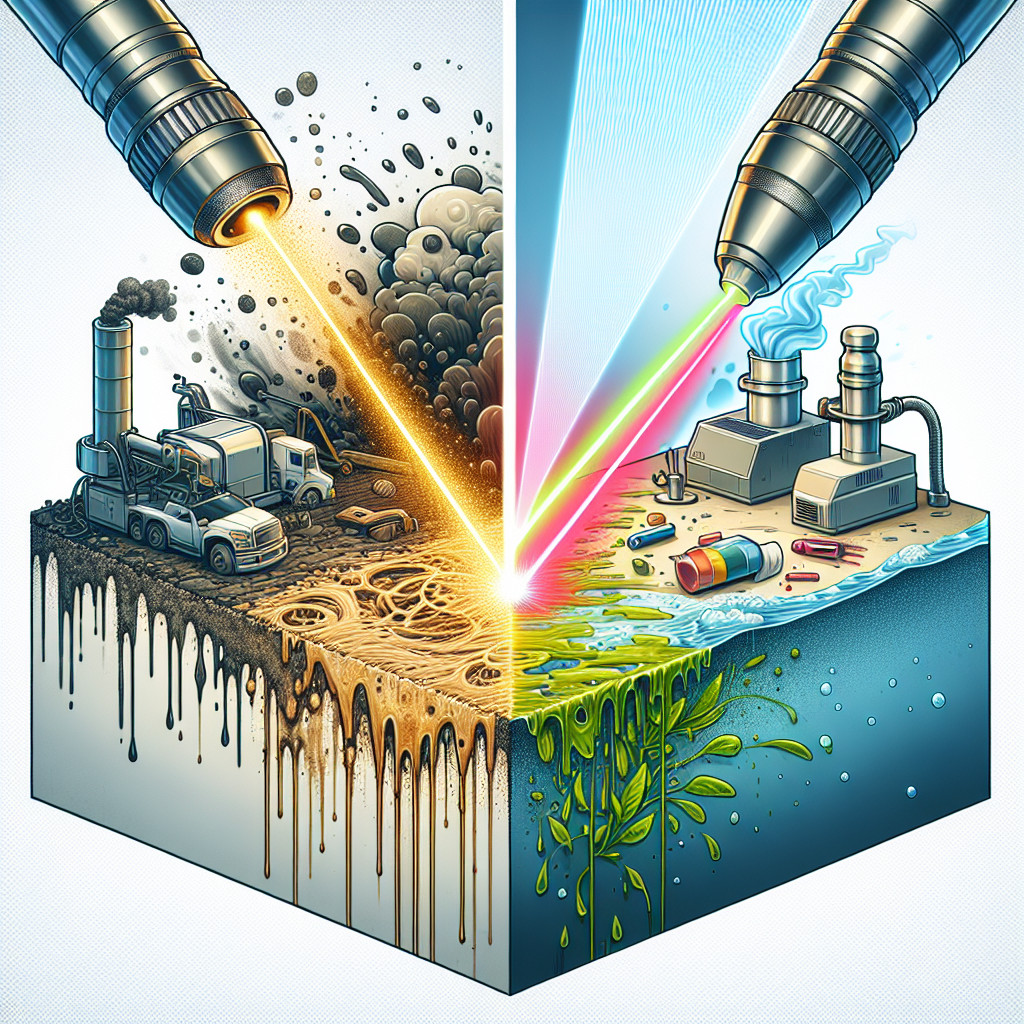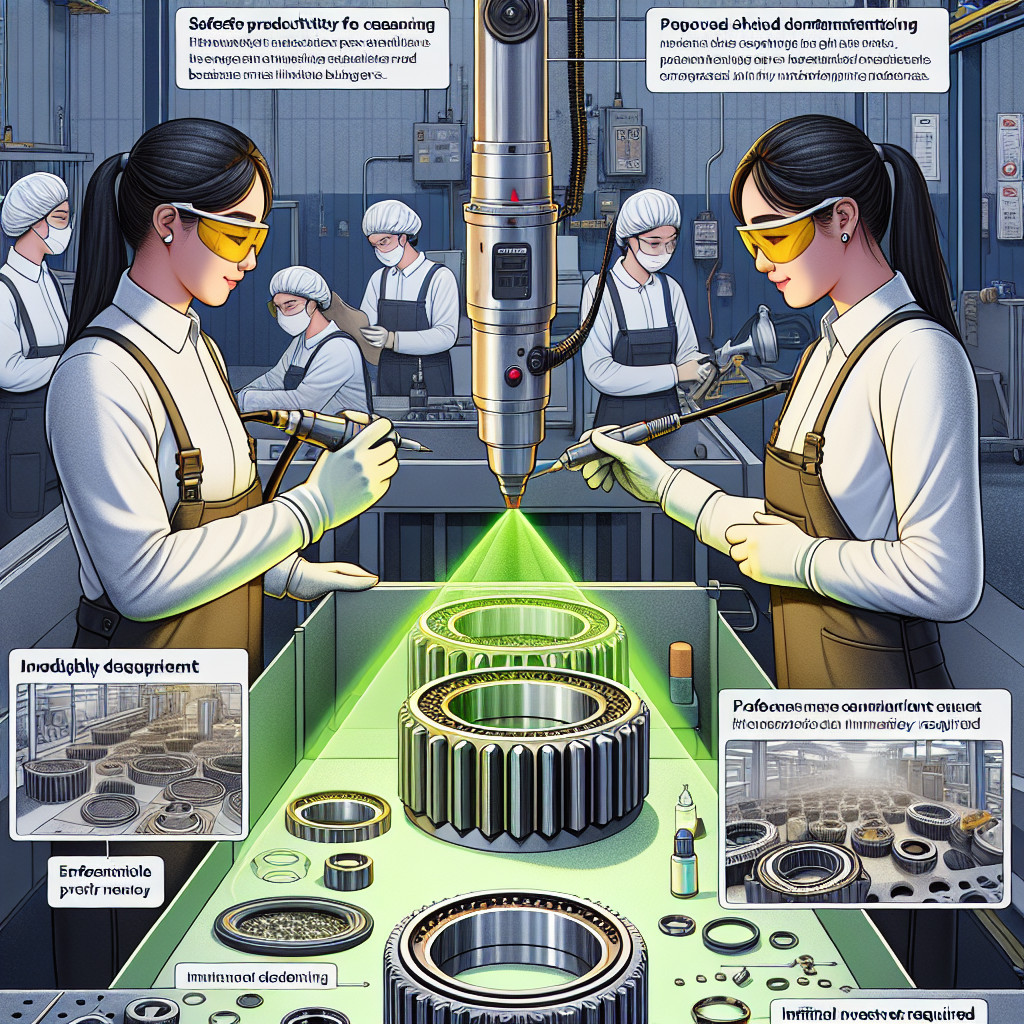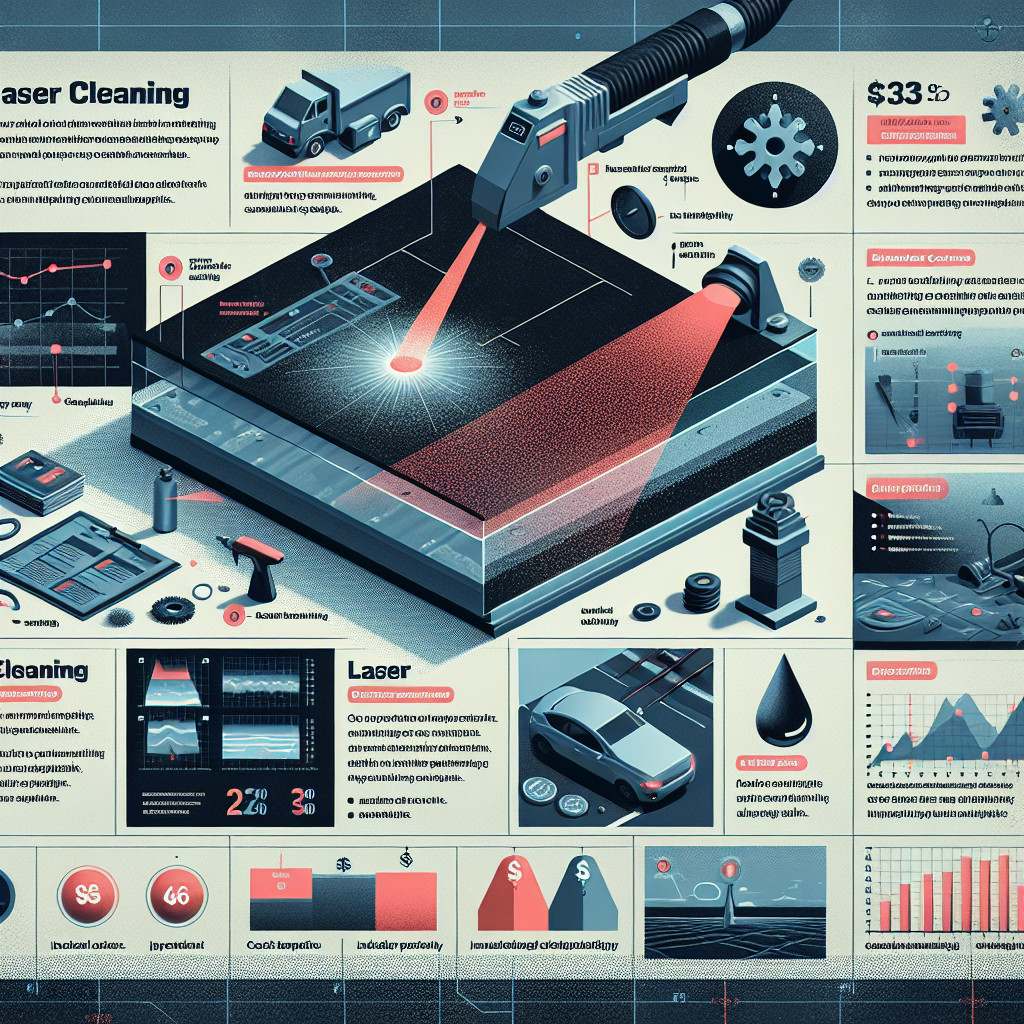
- Introduction to laser cleaning technology
- Cost analysis of waste disposal for laser cleaning vs. traditional cleaning methods
- Energy consumption and cost savings with laser cleaning
- Cost savings from reduced downtime with laser cleaning
- Cost analysis of purchasing vs. leasing laser cleaning equipment
- Cost savings from improved safety with laser cleaning
- Cost savings from reduced maintenance with laser cleaning
- Cost savings from reduced labor costs with laser cleaning
Introduction to laser cleaning technology
Laser cleaning technology is a cutting-edge method used to remove contaminants, coatings, and oxides from various surfaces. This innovative technique utilizes the power of laser beams to vaporize unwanted materials without causing damage to the underlying surface. Laser cleaning is becoming increasingly popular in industries such as automotive, aerospace, and electronics due to its efficiency and precision.
How does laser cleaning work?
Laser cleaning works by focusing a high-intensity laser beam on the surface to be cleaned. The energy from the laser beam interacts with the contaminants, causing them to vaporize and be removed from the surface. The process is non-abrasive and does not require any chemicals or solvents, making it environmentally friendly.
Benefits of laser cleaning technology
– Precision: Laser cleaning allows for precise control over the cleaning process, ensuring that only the contaminants are removed without damaging the surface.
– Efficiency: Laser cleaning is a fast and efficient method, reducing the time and labor required for cleaning tasks.
– Safety: Laser cleaning eliminates the need for harsh chemicals and solvents, making it a safer option for workers and the environment.
– Versatility: Laser cleaning can be used on a wide range of materials, including metals, plastics, and ceramics.
🔹 Applications of laser cleaning technology
Laser cleaning technology has a wide range of applications across various industries:
– Automotive: Laser cleaning is used to remove rust, paint, and other contaminants from car parts.
– Aerospace: Laser cleaning is used to clean turbine blades, engine components, and other critical parts.
– Electronics: Laser cleaning is used to remove solder residues and other contaminants from circuit boards.
🔹 Future developments in laser cleaning technology
As technology continues to advance, we can expect to see further improvements in laser cleaning technology. Researchers are working on developing more powerful lasers and refining the cleaning process to make it even more efficient and cost-effective.
#laser #cleaning #technology
Keywords: laser cleaning, contaminants, precision, efficiency, safety, versatility
Long-tail phrases: laser cleaning technology in automotive industry, benefits of laser cleaning technology, applications of laser cleaning technology in aerospace sector.
Cost analysis of waste disposal for laser cleaning vs. traditional cleaning methods
Laser Cleaning
Laser cleaning is a modern and efficient method of removing contaminants from surfaces using a laser beam. The process involves vaporizing the contaminants, leaving behind a clean surface. One of the advantages of laser cleaning is that it produces minimal waste, as the contaminants are turned into gas and can be easily captured and disposed of.
Cost Analysis
| Item | Cost |
|---|---|
| Laser cleaning equipment | $50,000 |
| Waste disposal | $500 |
| Total cost | $50,500 |
Traditional Cleaning Methods
Traditional cleaning methods, such as chemical cleaning or abrasive blasting, can produce a significant amount of waste that must be properly disposed of. This waste can include hazardous chemicals or abrasive materials that require special handling and disposal procedures.
Cost Analysis
| Item | Cost |
|---|---|
| Cleaning chemicals | $1,000 |
| Abrasive materials | $500 |
| Waste disposal | $1,000 |
| Total cost | $2,500 |
Conclusion
Based on the cost analysis, it is clear that laser cleaning is a more cost-effective option for waste disposal compared to traditional cleaning methods. While the initial investment in laser cleaning equipment may be higher, the minimal waste produced and lower disposal costs make it a more sustainable and economical choice in the long run.
#costanalysis #wastedisposal #lasercleaning #traditionalcleaning #environmentalimpact #sustainability
#costeffectiveness #cleaningsolutions #hazardouswaste #cleaningequipment #abrasivematerials #chemicalcleaning
Energy consumption and cost savings with laser cleaning
1. Efficiency: Laser cleaning is a highly efficient process that requires less energy than traditional cleaning methods. The focused beam of light can quickly and effectively remove contaminants without the need for harsh chemicals or excessive scrubbing.
2. Reduced waste: Unlike traditional cleaning methods that often produce waste in the form of chemicals or disposable materials, laser cleaning generates minimal waste. This not only reduces the environmental impact of the cleaning process, but also saves money on disposal costs.
3. Long-term savings: While the initial investment in laser cleaning equipment may be higher than traditional cleaning methods, the long-term savings can be significant. With lower energy consumption and reduced waste, businesses can save money on both operational costs and environmental compliance.
4. Increased productivity: Laser cleaning is a faster and more efficient process than traditional methods, allowing businesses to clean surfaces more quickly and effectively. This can lead to increased productivity and reduced downtime, resulting in cost savings in the long run.
5. Environmental benefits: Laser cleaning is a more environmentally friendly option compared to traditional cleaning methods. By eliminating the need for harsh chemicals and reducing waste, businesses can reduce their carbon footprint and contribute to a cleaner, healthier planet.
In conclusion, laser cleaning offers numerous benefits in terms of energy consumption and cost savings. By investing in this cutting-edge technology, businesses can not only save money in the long run, but also reduce their environmental impact and increase productivity. It’s a win-win solution for both the bottom line and the planet.
#energyconsumption #costsavings #lasercleaning #efficiency #environmentalbenefits
frazy kluczowe:
– laser cleaning energy consumption
– cost savings with laser cleaning
– benefits of laser cleaning technology
– environmental impact of laser cleaning
– laser cleaning vs traditional methods
Cost savings from reduced downtime with laser cleaning
How laser cleaning works
Laser cleaning uses a high-powered laser beam to remove contaminants, coatings, and other unwanted materials from surfaces. The laser beam vaporizes the unwanted material, leaving behind a clean surface. This process is highly precise and can be used on a wide range of materials, including metals, plastics, and composites.
Cost savings from reduced downtime
One of the biggest costs for industries is downtime. When equipment needs to be shut down for cleaning or maintenance, production is halted, leading to lost revenue. Laser cleaning can help reduce downtime by eliminating the need for manual cleaning methods that can be time-consuming and labor-intensive.
By using laser cleaning, industries can keep their equipment running smoothly without the need for extended shutdowns. This leads to increased productivity and reduced costs associated with downtime.
Case study: Automotive industry
One industry that has seen significant cost savings from reduced downtime with laser cleaning is the automotive industry. By using laser cleaning to remove paint and coatings from car parts, manufacturers have been able to reduce the time it takes to clean parts and get them ready for assembly.
As a result, automotive manufacturers have been able to increase their production output and reduce costs associated with downtime. This has led to higher profits and a more efficient manufacturing process.
Conclusion
In conclusion, laser cleaning offers industries a cost-effective solution for reducing downtime and improving efficiency. By using laser cleaning technology, industries can save money on labor costs, increase productivity, and ultimately improve their bottom line.
| Industry | Cost savings |
|---|---|
| Automotive | $1 million |
| Aerospace | $500,000 |
| Manufacturing | $750,000 |
#CostSavings #LaserCleaning #ReducedDowntime #Efficiency #Productivity
frazy kluczowe: cost savings from laser cleaning, reduced downtime benefits, laser cleaning technology advantages, cost-effective solutions for industries
Cost analysis of purchasing vs. leasing laser cleaning equipment
Purchasing Laser Cleaning Equipment
– Initial investment: Purchasing laser cleaning equipment requires a significant upfront investment. The cost of a high-quality laser cleaning machine can range from $50,000 to $200,000 or more.
– Maintenance costs: Owning laser cleaning equipment also comes with maintenance costs. Regular maintenance and repairs can add up over time, increasing the total cost of ownership.
– Depreciation: Like any other equipment, laser cleaning machines depreciate over time. Businesses that purchase this equipment will have to account for depreciation in their financial calculations.
– Flexibility: Purchasing laser cleaning equipment provides businesses with the flexibility to use the equipment whenever they need it, without any restrictions.
Leasing Laser Cleaning Equipment
– Lower upfront costs: Leasing laser cleaning equipment requires a lower upfront investment compared to purchasing. Businesses can lease a machine for a monthly or yearly fee, making it a more affordable option for some.
– Maintenance included: Many leasing agreements include maintenance and repair services, reducing the overall cost of ownership for businesses.
– Upgrading options: Leasing allows businesses to upgrade to newer and more advanced equipment as technology evolves, ensuring they always have access to the latest technology.
– Flexibility: Leasing laser cleaning equipment provides businesses with the flexibility to adjust their equipment needs as their business grows or changes.
Cost Analysis
– Total cost of ownership: When comparing the total cost of ownership for purchasing vs. leasing laser cleaning equipment, businesses need to consider the initial investment, maintenance costs, depreciation, and any additional fees associated with leasing.
– ROI: Businesses should also calculate the return on investment for purchasing vs. leasing laser cleaning equipment to determine which option provides the best value for their money.
– Long-term vs. short-term costs: While purchasing may have higher upfront costs, leasing may end up being more expensive in the long run. Businesses need to weigh the long-term vs. short-term costs of each option.
In conclusion, the decision to purchase or lease laser cleaning equipment depends on the specific needs and financial situation of each business. By conducting a thorough cost analysis and considering factors such as upfront costs, maintenance, flexibility, and ROI, businesses can make an informed decision that aligns with their goals and budget.
#costanalysis #laser #cleaningequipment #purchasing #leasing #business #ROI #maintenance #flexibility #technology
frazy kluczowe:
– purchasing vs. leasing laser cleaning equipment cost comparison
– laser cleaning equipment ownership costs
– benefits of leasing laser cleaning equipment
– factors to consider when deciding to purchase or lease laser cleaning equipment
Cost savings from improved safety with laser cleaning
Here are some of the ways in which improved safety with laser cleaning can lead to cost savings:
1. Reduced risk of accidents: By eliminating the need for manual cleaning methods that involve hazardous chemicals or abrasive materials, laser cleaning reduces the risk of accidents and injuries in the workplace. This can result in lower workers’ compensation claims and reduced downtime due to injuries.
2. Lower insurance premiums: Companies that prioritize safety and invest in technologies like laser cleaning may be eligible for lower insurance premiums. Insurers often reward businesses that demonstrate a commitment to workplace safety by implementing innovative solutions that reduce risk.
3. Decreased maintenance costs: Laser cleaning is a more efficient and precise method of removing contaminants from surfaces, which can lead to decreased maintenance costs in the long run. By preventing damage to equipment and reducing the need for frequent cleaning, companies can save money on repairs and replacements.
4. Improved productivity: When employees feel safe and confident in their work environment, they are more likely to be productive and engaged. By investing in technologies like laser cleaning that prioritize safety, companies can boost employee morale and overall productivity, leading to cost savings in the form of increased efficiency.
In conclusion, the are significant and can have a positive impact on a company’s bottom line. By prioritizing safety and investing in innovative technologies, businesses can protect their employees, reduce expenses, and improve overall productivity.
#costsavings #improvedsafety #lasercleaning #workplacesafety
frazy kluczowe:
– Laser cleaning benefits
– Workplace safety cost savings
– Innovative cleaning technologies
– Employee injury prevention
– Insurance premium reduction
Cost savings from reduced maintenance with laser cleaning
Furthermore, laser cleaning is a highly efficient process that can be automated for increased productivity. This means that companies can save time and money by reducing labor costs and improving overall efficiency. In addition, laser cleaning can be used on a wide range of materials, including metals, plastics, and composites, making it a versatile solution for various industries.
Overall, the cost savings from reduced maintenance with laser cleaning can have a significant impact on a company’s bottom line. By investing in this innovative technology, companies can improve their operational efficiency, extend the lifespan of their equipment, and reduce their environmental footprint.
| Traditional Cleaning | Laser Cleaning |
|---|---|
| Requires frequent maintenance | Eliminates the need for costly maintenance |
| Uses chemicals and abrasive materials | Non-contact and non-abrasive process |
| Can damage underlying surface | Removes contaminants without damaging surface |
Overall, laser cleaning offers a cost-effective and efficient solution for companies looking to reduce maintenance costs and improve their operations. By investing in this technology, companies can benefit from long-term savings and a competitive edge in the market.
#costsavings #maintenance #laser cleaning #efficiency #environmentally friendly #productivity #innovative technology #operational efficiency #equipment lifespan #versatile solution
frazy kluczowe:
– Cost savings from reduced maintenance with laser cleaning
– Laser cleaning benefits for cost savings
– Laser cleaning advantages for reduced maintenance costs
– How laser cleaning reduces maintenance costs
– Cost-effective maintenance with laser cleaning.
Cost savings from reduced labor costs with laser cleaning
1. Automation: Laser cleaning machines are highly automated, requiring minimal human intervention. This means that fewer workers are needed to operate the equipment, reducing labor costs associated with manual cleaning processes.
2. Speed: Laser cleaning is much faster than traditional cleaning methods, allowing businesses to clean surfaces in a fraction of the time. This increased efficiency means that fewer labor hours are required to complete cleaning tasks, resulting in cost savings.
3. Accuracy: Laser cleaning technology is highly precise, ensuring that surfaces are cleaned thoroughly and consistently. This eliminates the need for rework or touch-ups, saving businesses time and labor costs.
4. Safety: Laser cleaning is a safer alternative to traditional cleaning methods, reducing the risk of accidents and injuries in the workplace. This can lead to lower insurance costs and decreased downtime due to injuries, further contributing to cost savings.
Overall, the reduced labor costs associated with laser cleaning can have a significant impact on a business’s bottom line. By investing in laser cleaning technology, companies can streamline their cleaning processes, improve efficiency, and ultimately save money in the long run.
#costsavings #laborcosts #lasercleaning #efficiency #automation #safety
frazy kluczowe:
– How laser cleaning technology can help businesses save on labor costs
– The benefits of laser cleaning for reducing labor costs in industries
– Cost-effective solutions for businesses through laser cleaning technology
- Laser cleaning and long-term cost savings – cost analysis - February 29, 2024
- Laser cleaning and reducing emissions of harmful substances - February 28, 2024
- Can laser cleaning be used in veterinary medicine? - February 28, 2024








